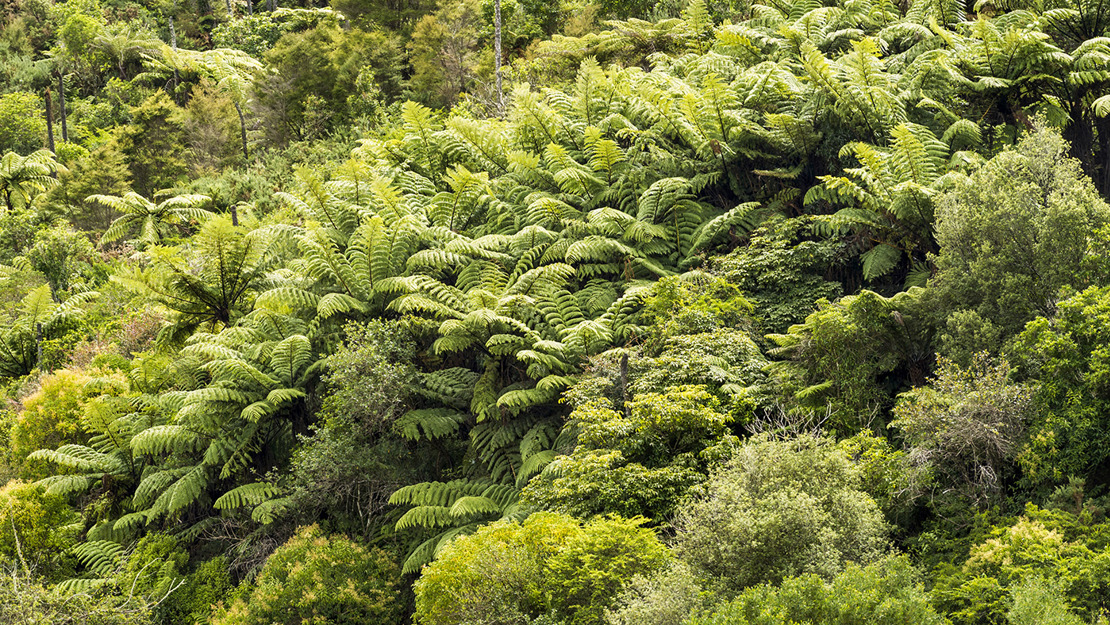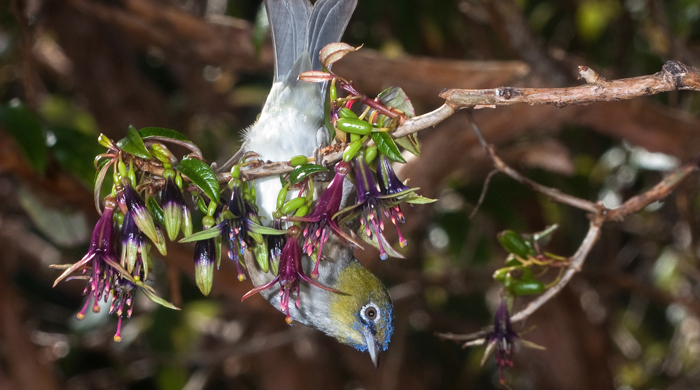Broadleaved species scrub and forest ecosystem (VS5)
This ecosystem can be found in semi-dry areas on low fertility slopes throughout New Zealand. In Tāmaki Makaurau / Auckland, it is mostly found on south-facing slopes in the south.
Regenerating ecosystem
About this ecosystem
This ecosystem occurs in a wide range of altitudes and latitudes. It often grows within a mosaic of other successional vegetation communities such as mānuka, kānuka scrub (VS3).
Short-lived broadleaf species dominate this ecosystem. They usually occur on the margins or in the sub-canopy of mature forest.
The broadleaved scrub and forest ecosystem is most abundant on low-fertility hill slopes in high rainfall and humid conditions.

Flora and fauna in this ecosystem
A wide range of broadleaf species are present and some sites have local variation within the plant community.
Common species include:
- karamū
- kanono
- houhere (lacebark)
- māhoe
- māpou.
In places with few or no pest mammals, this ecosystem can support a wide range of reptiles and forest birds. Some of the more common species you might see include:
- kōtare (kingfisher)
- ruru (morepork)
- riroriro (grey warbler).
On predator-free islands or sanctuaries, you can also find kākāriki and tīeke (saddleback).

Threats to this ecosystem
The greatest threats to this ecosystem are browsing mammals, such as possums, which prefer palatable species. This grazing pressure leads to changes in the plant community structure. With succession, this ecosystem evolves towards non-palatable species such as ponga and podocarps.
Weeds such as Japanese honeysuckle and privet can also cause ecosystem transformation.



